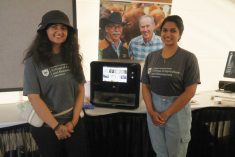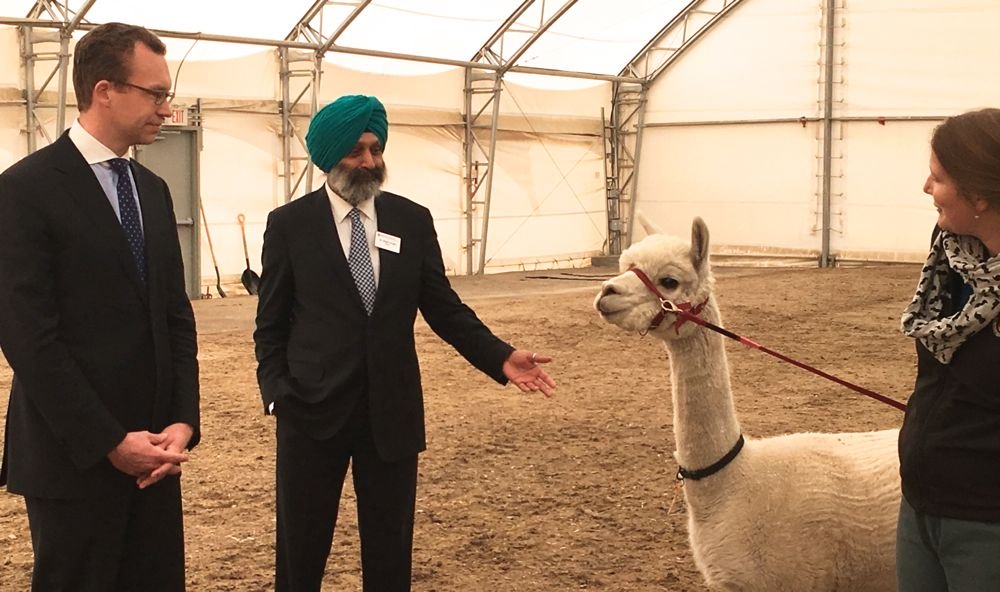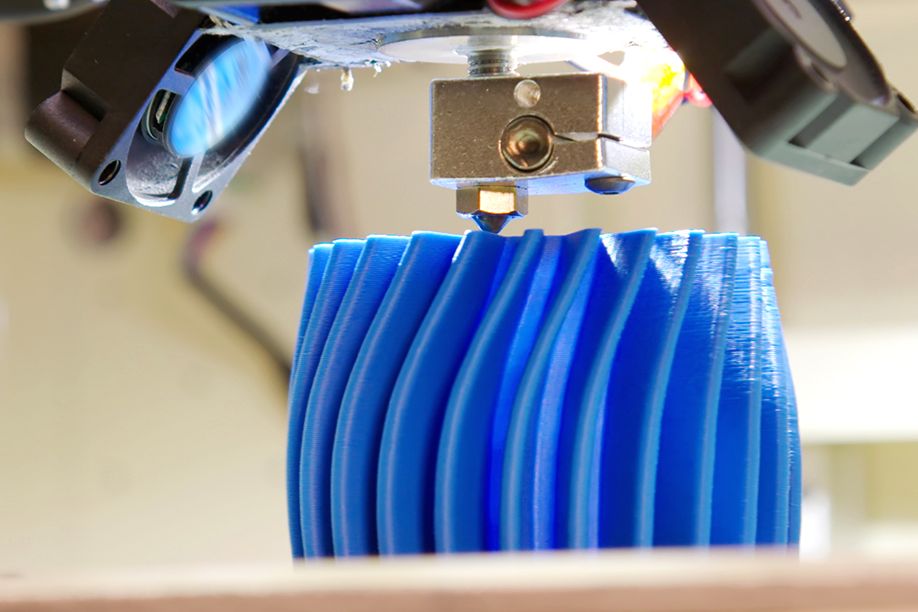Technology usually used as teaching tools for veterinary students at the University of Calgary has given an injured rooster a new pair of feet.
Calgary’s animal and bylaw services agency removed the rooster, now named Foghorn, from a city property earlier this year, the university said in a release. The bird was unable to walk, having lost both feet to what’s believed to have been frostbite.
Enter the university’s veterinary medicine (UCVM) faculty, where Dr. Mark Ungrin, an assistant professor, has does lab-level work prototyping and simulating body parts.
Read Also

U.S. livestock: Cattle futures slow descent
Chicago cattle futures fell on Thursday but to a lesser degree compared to Wednesday’s limit-down drop. Most-active December live cattle…
“We have mostly focused on the development of teaching simulators, to give veterinary students something to practice on without needing to work on a live animal,” he said in Friday’s release.
“But you can imagine there is a lot of overlap between making imitation body parts for the vets to train with, and making imitation body parts for the animal to use as we have here.”
After learning of Foghorn’s problem, “I immediately thought of (Ungrin) as I knew he had a 3D printer in his laboratory and he might be able to design and create prosthetic feet for the rooster,” said UCVM’s Dr. Daniel Pang, a specialist in small-animal pain and welfare.
Douglas Kondro, an undergraduate mechanical engineering student at the Schulich School of Engineering and a summer student in Ungrin’s lab, was tasked with engineering 3D-printed prosthetic feet for the bird.
“I went and got some moulds of his stubs and scanned them to make a computer model,” Kondro said in a university release. “I got my hands on some wild turkey feet and used the scanner for that as well, and matched them up to get a negative of the foot stump.
“Then I printed off the stumps and printed off the new feet and painted them with silicone, so they’d be sturdy but flexible and soft for the rooster.”
The first pair, he said, “didn’t work. He couldn’t really walk and kept falling over, so I was pretty disappointed. So I made version 2.0 and I strapped the feet onto him. It was pretty exciting to see him strut around.”
Foghorn, equipped with new feet, has since been adopted into a new family and now lives on an acreage near Didsbury, Alta., south of Olds.
“Even though things started out purely by chance, this collaboration is really a very good example of how clinical sciences can tie in with basic researchers and solve a very real and very acute problem,” Pang said.
Rapid prototyping approaches such as 3D printing have the potential to lead to customized prostheses, Ungrin said, for use in both human and veterinary medicine.
The University of Toronto, for another example, recently partnered on a project with a mission group working in Uganda, using digital images and 3D printing to make sockets, customized to the limbs of amputees, for attachment of standard-issue prosthetics.
The U of T staff found that digital images and 3D printing, compared to the usual process of casting and mould-making, can cut the time needed to make a custom-fit prosthesis from days down to hours.
In Foghorn’s case, Ungrin said, “given that this is not our major research focus, the fact that we were able to come together quickly, find a solution and implement it without drawing unduly on anyone’s time was really a function of having the connections in place ahead of time.” –– AGCanada.com Network
















